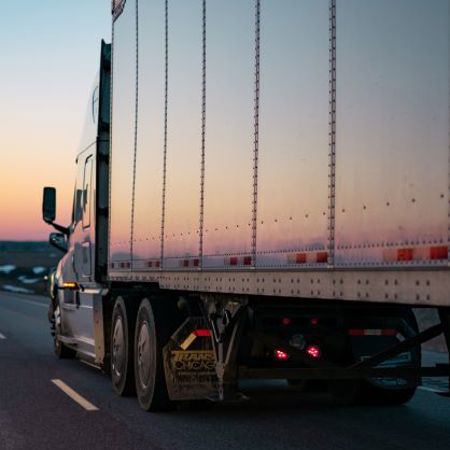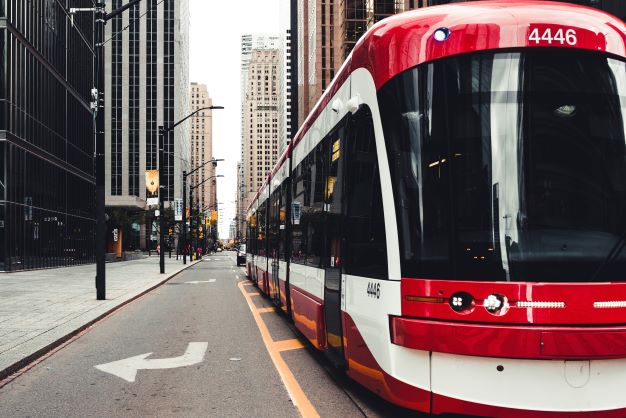According to the International Energy Agency, Transport accounts for 27% of CO2 emissions from energy. Within the transport sector, nearly 75% of emissions come from road transport with 45% contributed by passenger vehicles including cars, motorcycles, taxis and buses and 30% contributed by freight vehicles such as trucks and lorries. Other sectors such as shipping, aviation and rail account for the 25% balance of emissions. Electrification of light-duty vehicles is trending in many parts of the world and is on track to become a consumer driven phenomenon but let’s not forget the heavy-duty vehicles such as trucks and buses.
Electric trucks and buses – no longer second fiddle to electric cars

Electrification of light-duty vehicles is trending in many parts of the world and is on track to become a consumer driven phenomenon but let’s not forget the heavy-duty vehicles such as trucks and buses.
To keep on track with the decarbonization goals, alternative technologies such as lithium-ion batteries and fuel cells are significantly and simultaneously required for vehicles intended for long distances or large cargo loads.
Electrification of all transportation in the timeframe necessary to deal with climate change is an arduous task.
Headwinds such as the ongoing shortage of semi-conductors, increase in the price of batteries and issues around energy shortage can adversely affect the sentiment of the EV consumer and derail the electrification progress in light duty vehicles. To keep on track with the decarbonization goals, alternative technologies such as lithium-ion batteries and fuel cells are significantly and simultaneously required for vehicles intended for long distances or large cargo loads. This could help minimize the adverse impact on the environment in the shortest time frame. However, ensuring the uptake of alternative technologies in heavy duty vehicles is laden with its own set of challenges.
Trucks are regarded as investment goods by their owners. Balancing the upfront cost of these vehicles with how much payload they can carry ensures a certain return on investment. The size of batteries may impact this cost benefit calculation. With a full fleet on the road, the question often arises as to whether the power grid and generation capacity could cope with the new demand. The optimal charging needs and strategies will have to be figured out by the fleet owners.


Electrification of buses is another development which attempts to accelerate decarbonization of the transport sector. Municipal bodies are gearing up to the idea of e-buses and this has become the segment with the highest EV penetration rate at more than 30% globally. However, there are hurdles related to range and performance. For buses, heating and air conditioning, hills, stopping and starting, traffic speeds, frequency of stops, and passenger loads are all factors confounding forecast performance. The upfront cost is still high compared to their diesel counterpart - sometimes as much as twice as high.
Several policy and financial instruments can play a crucial role when it comes to intensifying electrification of trucks and buses.
For buses, policies that favor competitive tenders, green public procurement programmes, purchase subsidies and direct support to charging infrastructure deployment, as well as effective emissions standards could do the trick.
For trucks, since 99% of the companies in this market segment are SME’s, tailor-made debt financing instruments and risk management tools that cushion the impact of a significant upfront capital cost could help.
The world is rapidly shifting away from paths that allowed fossil fuel-based technological systems to persist despite their environmental impact contributing to climate change. Continued support and acceptance is needed for a variety of new pathways towards electrification and decarbonization. Electrifying light-duty vehicles is one pathway which could be a key contributor to decarbonization. Electrifying heavy-duty vehicles and buses is another pathway that could also serve as an optimal solution.
The idea is to have both light-duty as well as heavy-duty vehicles tread lightly on our planet.

